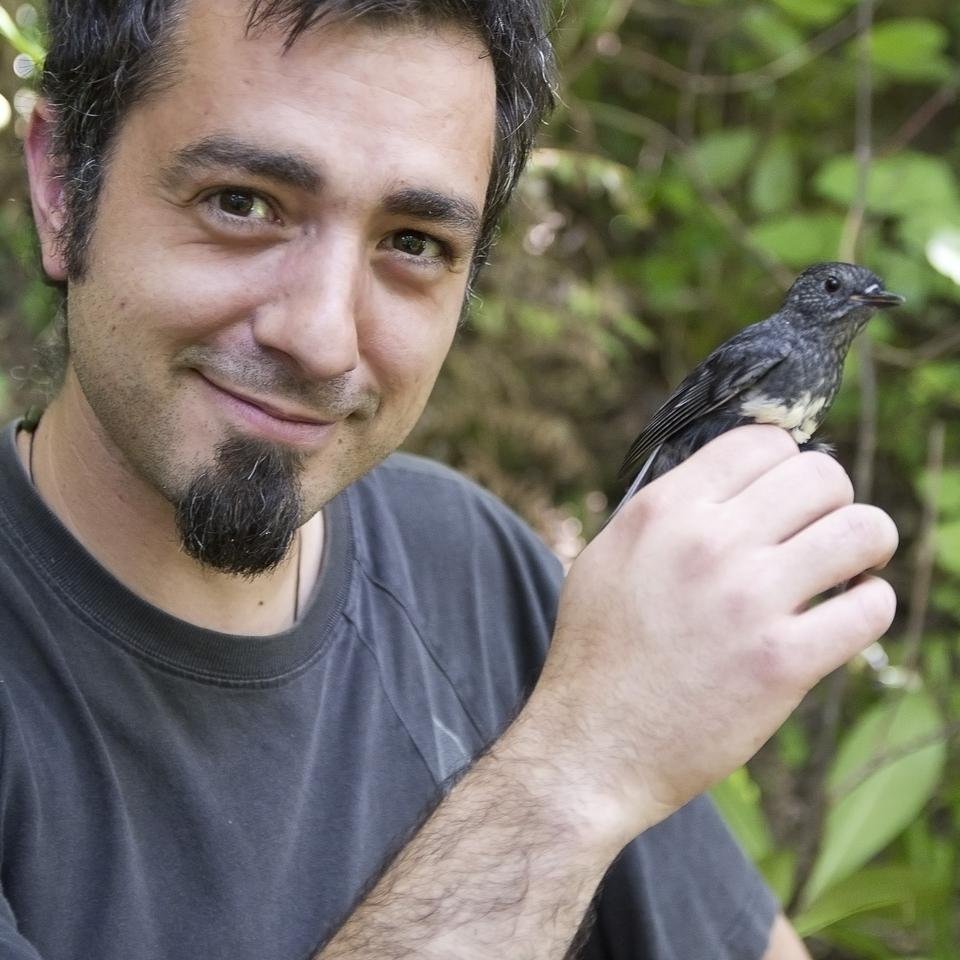More than 70 people were involved in the translocation of 40 North Island robins from Kapiti Island to the hills behind Eastbourne in April as part of the MIRO (Mainland Island Restoration Operation) project run by volunteers.
Yvan from Dragonfly was one of eight ‘catchers’ on Kapiti Island. He studied robins during his PhD and became expert at catching them, so was pleased to be able to help out.
“The first day I did a recce of my area. I worked out the territories and where the males and females were, and trained them to come for meal worms. The next day other volunteers arrived who helped catch, band and put them safely into boxes. We easily caught the 40 birds needed - I was amazed at how smoothly it all went,” says Yvan.
The next morning the birds were flown by helicopter to Eastbourne and locals carried them into the Butterfly Creek area, where they were released progressively.
“It was a fantastic turnout and great to have so many local people there helping out. It’s a great community project.”
Robins were previously released in the East Harbour Regional Park in 2008 and 2011 and regular monitoring has turned up both the banded birds and some other unbanded birds, indicating that they are breeding in the area.
Robins are very curious birds that live close to the ground and are easy targets for introduced pests. The translocation could only go ahead due to effective trapping and monitoring of possums and rats in the area, carried out by volunteers. Possum numbers are now thought to be very low.
Ongoing monitoring by volunteers will hopefully show that the population of robins in the area is increasing. To find out more see the MIRO website.
Yvan hopes to help out with another robin translocation to forest near Wainuiomata in July, being run by the Greater Wellington Regional Council.


